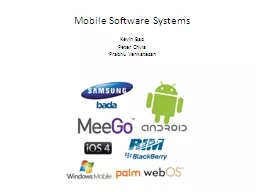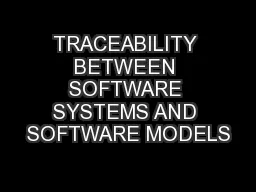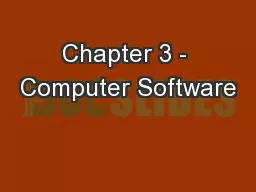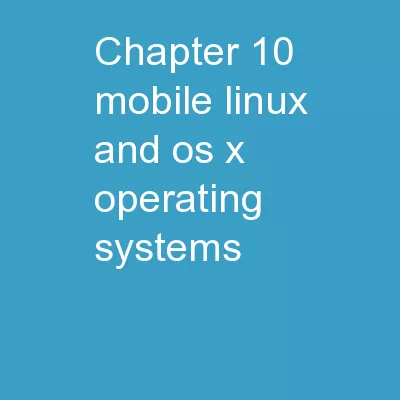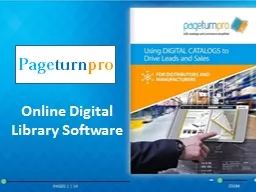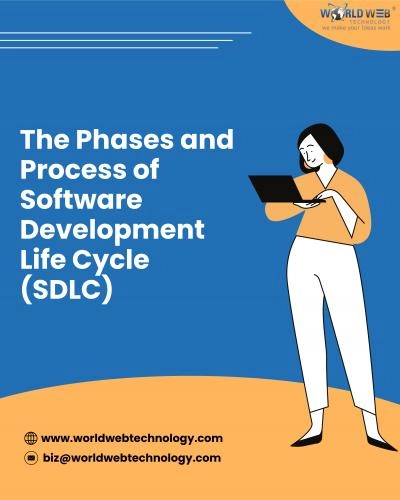PPT-Mobile Software Systems Kevin
Author : phoebe-click | Published Date : 2018-11-01
Bao Peter Chyla Prabhu Venkatesan Evolution of Mobile Hardware From Brick to Slick Evolution of Mobile FunctionalitySoftware Big 52bn mobile phone subscriptions
Presentation Embed Code
Download Presentation
Download Presentation The PPT/PDF document "Mobile Software Systems Kevin" is the property of its rightful owner. Permission is granted to download and print the materials on this website for personal, non-commercial use only, and to display it on your personal computer provided you do not modify the materials and that you retain all copyright notices contained in the materials. By downloading content from our website, you accept the terms of this agreement.
Mobile Software Systems Kevin: Transcript
Download Rules Of Document
"Mobile Software Systems Kevin"The content belongs to its owner. You may download and print it for personal use, without modification, and keep all copyright notices. By downloading, you agree to these terms.
Related Documents

